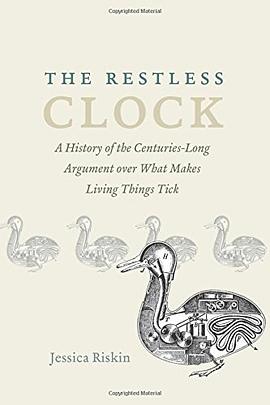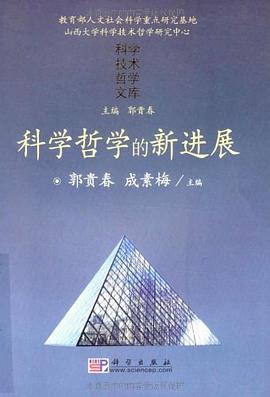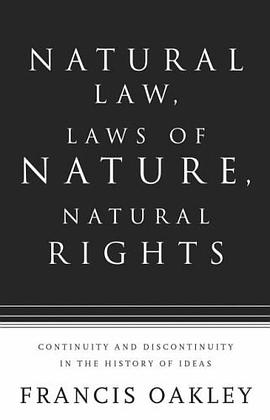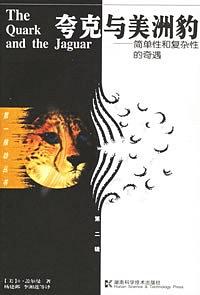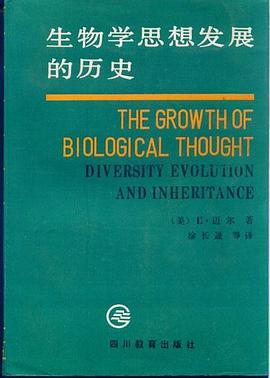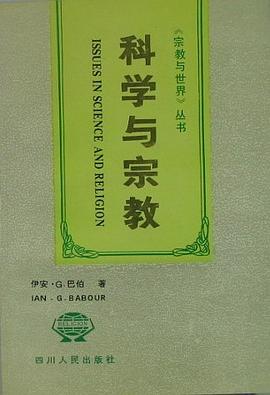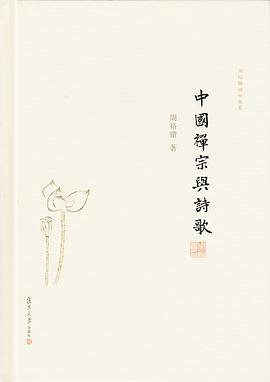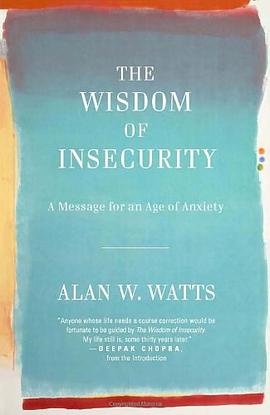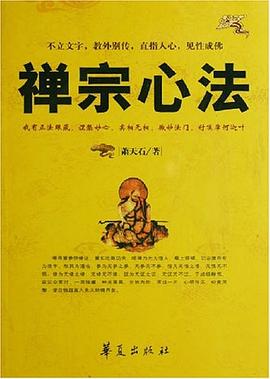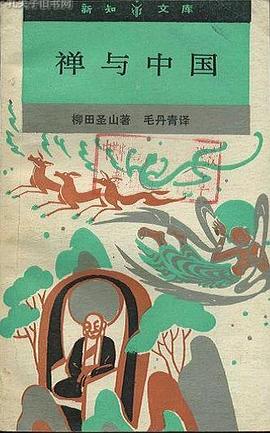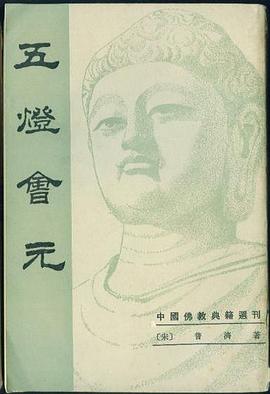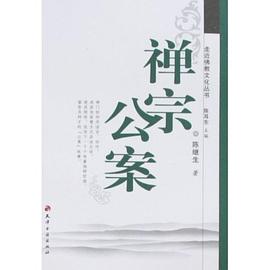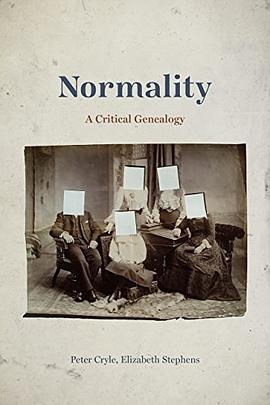

具体描述
The concept of normal is so familiar that it can be hard to imagine contemporary life without it. Yet the term entered everyday speech only in the mid-twentieth century. Before that, it was solely a scientific term used primarily in medicine to refer to a general state of health and the orderly function of organs. But beginning in the middle of the twentieth century, normal broke out of scientific usage, becoming less precise and coming to mean a balanced condition to be maintained and an ideal to be achieved.
In Normality, Peter Cryle and Elizabeth Stephens offer an intellectual and cultural history of what it means to be normal. They explore the history of how communities settle on any one definition of the norm, along the way analyzing a fascinating series of case studies in fields as remote as anatomy, statistics, criminal anthropology, sociology, and eugenics. Cryle and Stephens argue that since the idea of normality is so central to contemporary disability, gender, race, and sexuality studies, scholars in these fields must first have a better understanding of the context for normality. This pioneering book moves beyond binaries to explore for the first time what it does—and doesn’t—mean to be normal.
作者简介
目录信息
Part One. The Normal in Nineteenth-Century Scientific Thought
Chapter One
The “Normal State” in French Anatomical and Physiological Discourse of the 1820s and 1830s
Chapter Two
“Counting” in the French Medical Academy during the 1830s
Chapter Three
Rethinking Medical Statistics: Distribution, Deviation, and Type, 1840–1880
Chapter Four
Measuring Bodies and Identifying Racial Types: Physical Anthropology, c. 1860–1880
Chapter Five
The Dangerous Person as a Type: Criminal Anthropology, c. 1880–1900
Chapter Six
Anthropometrics and the Normal in Francis Galton’s Anthropological, Statistical, and Eugenic Research, c. 1870–1910
Part Two. The Dissemination of the Normal in Twentieth-Century Culture
Chapter Seven
Sex and the Normal Person: Sexology, Psychoanalysis, and Sexual Hygiene Literature, 1870–1930
Chapter Eight
The Object of Normality: Composite Statues of the Statistically Average American Man and Woman, 1890–1945
Chapter Nine
Sex and Statistics: The End of Normality
Conclusion
· · · · · · (收起)
读后感
评分
评分
评分
评分
用户评价
相关图书
本站所有内容均为互联网搜索引擎提供的公开搜索信息,本站不存储任何数据与内容,任何内容与数据均与本站无关,如有需要请联系相关搜索引擎包括但不限于百度,google,bing,sogou 等
© 2025 book.quotespace.org All Rights Reserved. 小美书屋 版权所有



